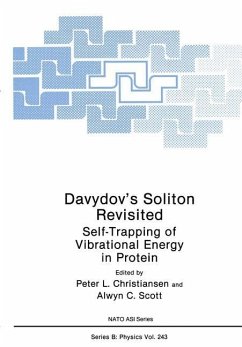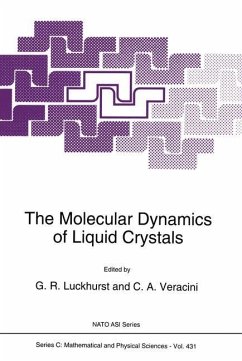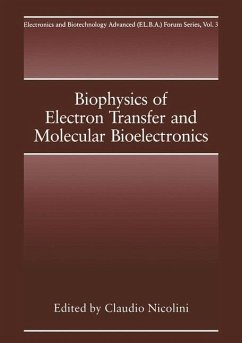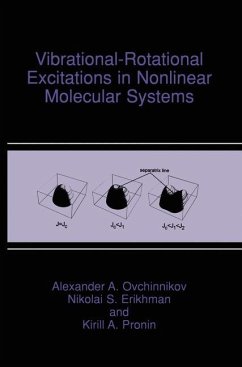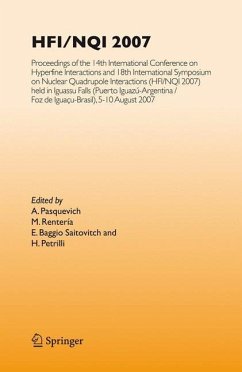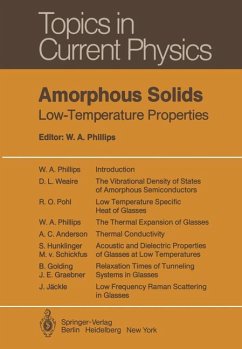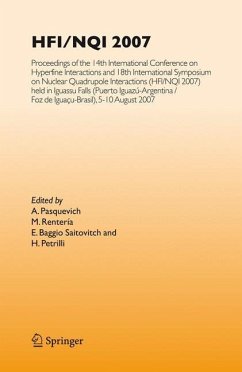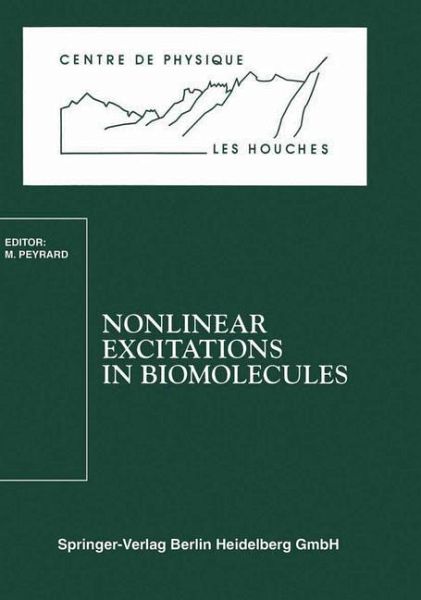
Nonlinear Excitations in Biomolecules
Les Houches School, May 30 to June 4, 1994
Mitarbeit: Peyrard, M.

PAYBACK Punkte
0 °P sammeln!
In the last few years, hopes have emerged that simple concepts could perhaps explain the extremely complicated biomolecular processes which are known to a greater and greater accuracy thanks to the extraordinary progress of biology. In parallel, powerful methods in physics, especially nonlinearity and cooperative effects, have been developed. They apply especially to biological phenomena and can explain coherent excitations with remarkable properties. This book provides a pedagogical introduction to the theory of nonlinear excitations and solitons in a biological environment, and also to the s...
In the last few years, hopes have emerged that simple concepts could perhaps explain the extremely complicated biomolecular processes which are known to a greater and greater accuracy thanks to the extraordinary progress of biology. In parallel, powerful methods in physics, especially nonlinearity and cooperative effects, have been developed. They apply especially to biological phenomena and can explain coherent excitations with remarkable properties. This book provides a pedagogical introduction to the theory of nonlinear excitations and solitons in a biological environment, and also to the structure and function of biomolecules as well as energy and charge transport in biophysics.



